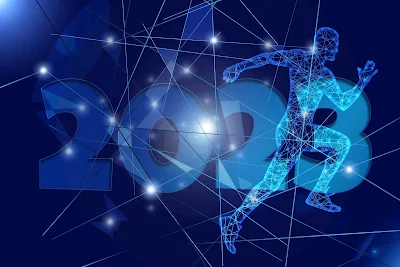Becoming a blockchain developer requires a strong understanding of the underlying technology and the ability to apply it to real-world problems. Here is a roadmap to guide you through the process of becoming a blockchain developer:
- Learn the basics of blockchain technology: Start by learning about the fundamental concepts of blockchain technology, such as the structure of a blockchain, the different types of blockchains, and the key features that make it a revolutionary technology. Understand how blockchain technology is used to create decentralized systems that can be used to record and transfer data in a secure and transparent manner.
- Study popular blockchain platforms: Gain a solid understanding of the most popular blockchain platforms such as Bitcoin, Ethereum, and Hyperledger. Learn about their respective architectures, consensus mechanisms, and smart contract capabilities. Familiarize yourself with the tools and development environments used to work with these platforms.
- Learn smart contract development: Smart contracts are self-executing contracts with the terms of the agreement written into the code. They are a key component of blockchain technology and are used to automate processes and enforce agreements. Learn how to write smart contracts using Solidity (for Ethereum) or Chaincode (for Hyperledger) and understand the basics of smart contract design and deployment.
- Get experience with blockchain development tools: Learn how to use development tools such as Truffle and Ganache to set up a development environment and test your contracts before deployment. Learn about other development tools and frameworks such as Remix, MetaMask, and Web3.js that can help you develop, test, and deploy smart contracts.
- Learn about blockchain security: Blockchain security is of paramount importance, as the technology is based on a decentralized system that is resistant to tampering. Understand the various security risks that are associated with blockchain technology and learn how to protect against them. Get familiar with common attacks such as 51% attack, double-spending, and smart contract vulnerabilities.
- Understand consensus mechanisms: Learn about the various consensus mechanisms that are used in blockchain technology, such as Proof of Work (PoW), Proof of Stake (PoS), and Delegated Proof of Stake (DPoS). Understand the trade-offs between different consensus mechanisms and learn how to choose the right one for your application.
- Learn about decentralized application (DApp) development: Decentralized applications (DApps) are applications that run on a blockchain. They use smart contracts to automate processes and enforce agreements. Learn how to design, develop and deploy DApps, and understand the basics of web3.js library which is used to interact with smart contracts from web browsers and other applications.
- Join a blockchain developer community: Join a blockchain developer community to stay up-to-date on the latest developments and trends in the industry. Participate in forums, attend meetups, and engage with other blockchain developers to expand your knowledge and network.
- Participate in blockchain hackathons or contribute to open-source blockchain projects: Hackathons and open-source projects are great opportunities to gain hands-on experience in blockchain development. Participating in a hackathon will give you a chance to work on real-world problems, while contributing to open-source projects will help you build a portfolio of work that showcases your skills.
- Consider earning a blockchain certification: Blockchain certifications can help you stand out in the job market and demonstrate your expertise to potential employers. Consider earning a certification such as the IBM Blockchain Foundation Developer certification, which can help you master the fundamental concepts of blockchain technology and gain a deep understanding of the IBM Blockchain Platform.
In summary, becoming a blockchain developer requires a strong understanding of the underlying technology and the ability to apply it to real-world problems. The roadmap provided above will guide you through the process of learning the basics of blockchain technology, studying popular blockchain platforms, mastering smart contract development, getting experience with development tools, understanding blockchain security, consensus mechanisms, and decentralized application (DApp) development. Additionally, it is important to stay up-to-date on the latest developments and trends in the industry by joining a blockchain developer community, participating in hackathons, contributing to open-source projects and consider earning a blockchain certification. It's also good to have knowledge of programming languages such as JavaScript, C++, Solidity, Go and other related technologies like web3, web development, and databases. With dedication, persistence and willingness to learn, you can become a successful blockchain developer and be a part of this exciting and rapidly growing field.








